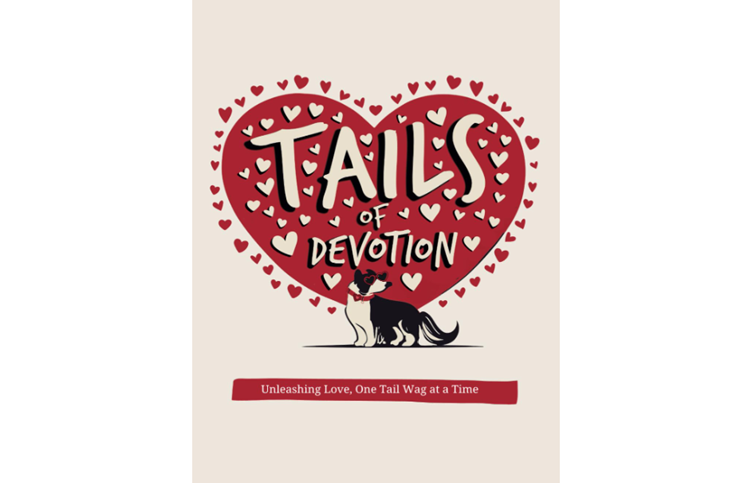Weeknotes 16/02/2024
Another busy week in the Digital space, with a flurry of requests asking for updates to services, forms and web-content, we’ve been busier than ever!
The new content request form
We’ve set a date to publish our new content request form, we’ve sent the copy along to Translation and we’ve tested it within an inch of its life (and broken the form many a time!) Lots of blood, sweat and digital tears have gone into the making of this online form.

Our new form features a handy ‘before you start’ page which outlines what you need to supply in order to make a complete and actionable request.

The top 3 requests we receive in the team include:
- Updating a link on an Intranet page
- Updating content (text and images) on one of our webpages
- Accessibility checking a document
Here are some top tips for sending in requests that help us to understand and pick up your request more efficiently…
Updating a link on an Intranet page
- To update links on an existing Intranet page, please upload the new versions of your documents into your team’s area of the DMS. Then, share these links with us inside a Word document that clearly states which links need updating with each of your new DMS links.
Updating content (text and images) on one of our webpages
- To update text or image content on an existing NRW webpage, please copy the current page and paste it into a Word document. Then, go to the Review tab and select ‘Tracking’ and ‘Track Changes’. Now make the necessary updates to the content and click save. Add this document as an attachment to your content request form, and we’ll action your changes far more quickly than if we have to go back and forth clarifying your request or sourcing the correct materials to complete your request i.e. working hyperlinks.
Accessibility checking a document
- To get your document or report accessibility checked by one of our team, please share a Word document version of your content so that we can run this through our complete suite of accessibility checks (as is required by UK law). We will provide you with an audit document which outlines whether your content has passed or failed our organisation’s accessibility guidelines, and any remaining actions required to bring the document in line with legal requirements.
- As mentioned previously in the weeknotes, in some cases, even if your document is inaccessible, we will now publish it - especially if you need it live by a specific externally set deadline. The responsibility for fixing the issues, complaints from the public, audit actions from any future Cabinet Office audit sits with the team that create the documents. As a team, we’ll continue sharing our accessibility guidance and tips to help colleagues think about accessibility from the start.

Some lesser known Valentine’s Day facts…
We all know Valentine’s Day is a celebration of love that falls on 14 February each year.
But did you know…
- Although the exact first celebration is hard to pin down, the first official Valentine’s Day as a celebration of love likely occurred in Paris in the 1400s.
- The English and French associated mid-February with birds’ mating season, making it an appropriate time to celebrate romance. The Duke of Orleans wrote the first valentine in the early 15th century while he was imprisoned. He wrote a poem and sent it to his second wife.
- In the 19th century, Valentine’s Day cards were at their peak. People decorated valentines with everything from peacock feathers to lace to jewels.
Other things we’ve been working on:
- Toyah has been drafting up new content about changes to business waste regulations.
- Work has commenced with Deloitte on the marine licensing project and we’ve been learning a lot about both the agile working process and marine licensing now the project has started.
- James has been busy working with the user researchers in Deloitte to support our marine licensing project.
- One of our Content Officers, Sophie, recently had a story published in a book that raises money for eight different animal rescue charities. The book, Tails of Devotion is a touching anthology about the love between dogs and their people, and features a range of authors across Wales and the UK who shared stories about their dog.

Fun fact for those who don’t do Valentine’s Day
As we know that not everyone celebrates Valentine’s Day, we thought we would share another fun fact.
It may not be Halloween, but we all do enjoy horror fun fact, and this one is pretty special.
During February 1924, a short story was published in Weird Tales magazine titled The Hound.

But why is this special you ask? It is the first appearance of the Necronomicon.
The Necronomicon, also referred to as the Book of the Dead, is a fictional grimoire appearing in stories by the horror writer H. P. Lovecraft and his followers. The work contains an account of the Old Ones, their history, and the means for summoning them.
Other authors such as August Derleth and Clark Ashton Smith also cited the Necronomicon in their works. Lovecraft approved of other writers building on his work, believing such common allusions built up “a background of evil verisimilitude”. Many readers have believed it to be a real work, with booksellers and librarians receiving many requests for it; pranksters have listed it in rare book catalogues, and a student smuggled a card for it into the card catalogue of the Yale University Library.